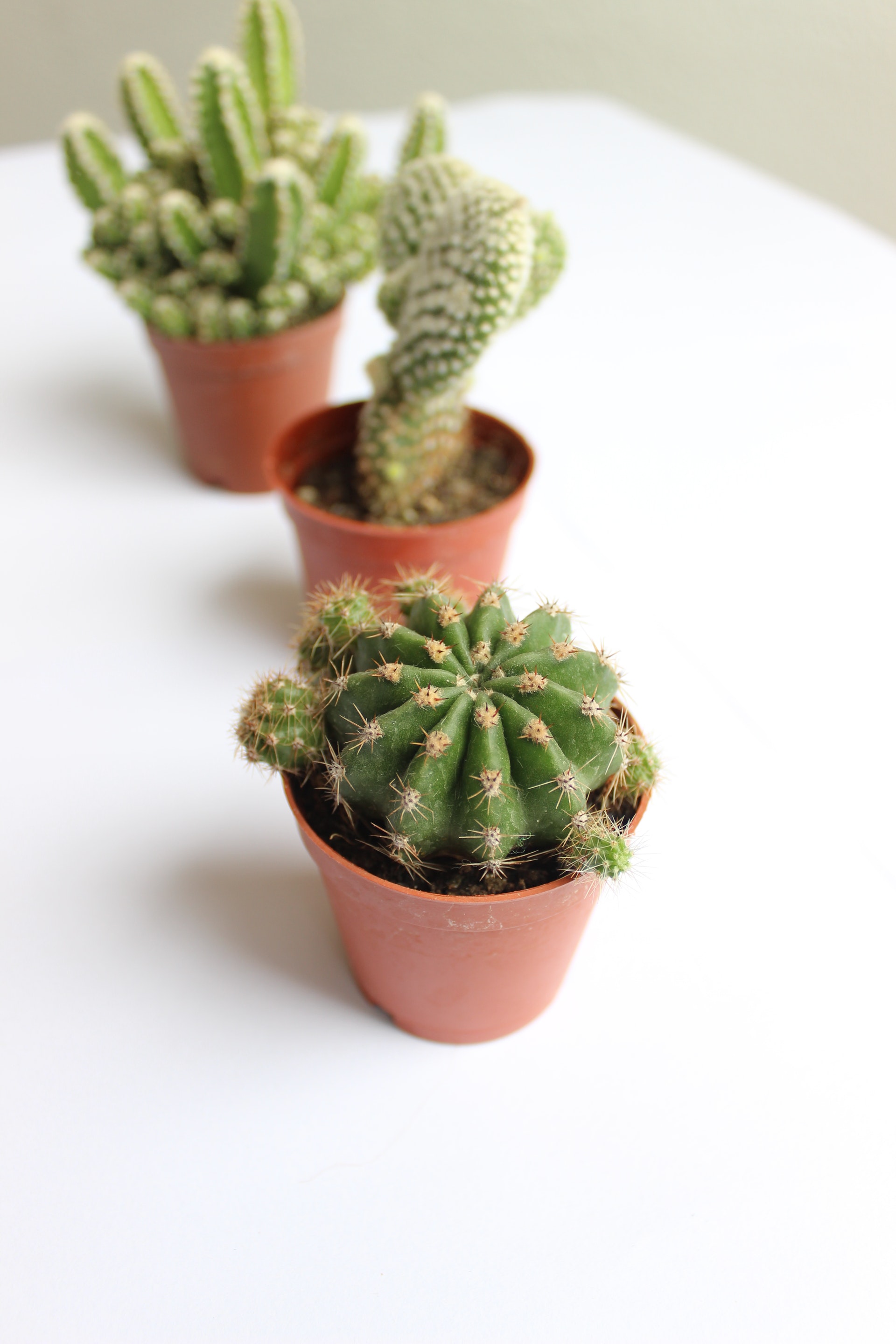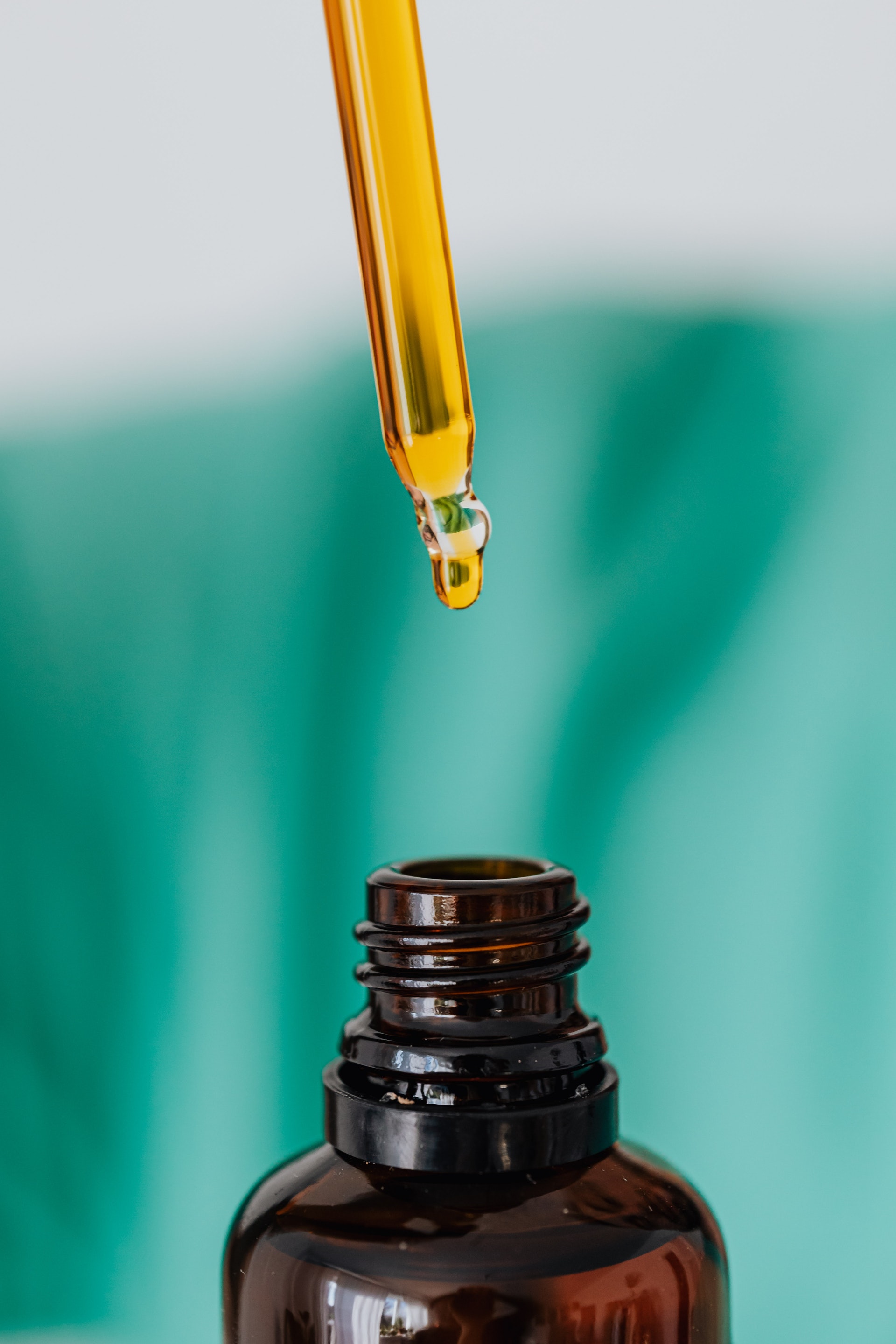The Ability Of Kalanchoe Tubiflora To Fight Cancer
Kalanchoe tubiflora has a possible anti-cancer agent that stops cells from dividing and makes them less likely to live.
Author:Suleman ShahReviewer:Han JuNov 05, 20224 Shares687 Views

Kalanchoe tubiflorahas a possible anti-cancer agent that stops cells from dividing and makes them less likely to live.
Cancer is characterized by the growth of cells out of control.
Most of the drugs used in therapytoday are antiproliferative drugs that work through the apoptosis pathway.
Mitotic catastrophe is a unique, non-apoptotic process that often happens when anti-cancer drugs reach cancer cells and tissues.
There isn't much research to show that herbal extracts or medicines made from plants are a good source of anti-cancer agents, especially for treating mitotic catastrophe.
The extract of Kalanchoe tubiflora stops cells from dividing and makes cells less likely to live in two ways.
First, it changes the way the centrosomes work and causes multipolarity.
Second, it changes how the chromosomes line up during metaphase.
Both mechanisms kill cells that are in the middle of a cell cycle.
Tzu Chi University's YJ Hsieh and colleagues extracted a few cardenolides and bufadienolide glycoside chemicals from Kalanchoe tubiflora and tested them on mitotic cells for anti-cancer action.
How To Use Kalanchoe As Medicine
Medicinal herbs are a valuable source of anti-cancer chemicals.
More than half of the medications utilized in anti-cancer clinical trials are sourced from natural sources.
Kalanchoe is a genus in the Crassulaceae family. Kalanchoe species are used medicinally throughout Southeast Asia, particularly in Indo-China and the Philippines.
Plants in this genus are mentioned in folklore and used as traditional medicines to treat fever, abscesses, bruises, contused wounds, coughs, skin diseases, infections, hypertension, rheumatism, and inflammation.
Tribes in the Indian state of Kerala use these plants to treat cancer symptoms.
Several bufadienolide compounds identified from distinct Kalanchoe species have potent antitumor activity.
Kalanchoe hybrida was utilized in one of the above examples.
It is a hybrid of Kalanchoe daigremontiana, and Kalanchoe tubiflora spread across Taiwan.
The researchers chose Kalanchoe tubiflora, one of the hybrid's origin sources, as a target because of its biological activities.
In traditional South Brazilian medicine, Kalanchoe tubiflora is used to treat wounds.
A few cardenolides and bufadienolide glycoside chemicals in the Kuo group were identified from Kalanchoe tubiflora.
Four of the identified compounds are capable of arresting HL-60 cells in the G2/M phase.
Anti-Cancer Activity Of Kalanchoe
The toxicity of Kalanchoe tubiflora was investigated in several cell lines and doses.
Cell viability was 20% lower than the 20g/ml concentration threshold for all cell lines.
As a result, there is enough data to demonstrate that Kalanchoe tubiflora extract efficiently suppresses the proliferation of many cancer cell lines.
At a 10g/ml concentration, the n-hexane extract of Kalanchoe tubiflora exhibits no action in the scratch test.
The ethanoic extract had a little 'wound-healing' effect.
In this investigation, however, they discovered that at a dosage of 50g/ml, Kalanchoe tubiflora extract entirely prevented 'wound healing.
So, Kalanchoe tubiflora is a potential anti-proliferation and/or anti-migration agent.
Anti-Cancer Activity Mechanism
Mitosis is a highly coordinated process in which two copies of the same chromosome are transferred to opposing poles of cells.
The mitotic spindle's sophisticated molecular framework is required for sister-chromatid segregation.
Disruption of the mitotic spindle structure prevents normal chromosomal alignment.
It triggers the spindle assembly checkpoint and mitotic arrest, giving cells time to fix the attachment fault between the microtubule and kinetochore.
However, prolonged mitotic latency is often followed by cell demise in mitosis.
This is the method for killing cancer cells by disrupting mitotic spindle construction. Microtubules are involved in cell proliferation, trafficking, and migration.
Microtubules are a fundamental component of the mitotic spindle.
This is why microtubule-binding drugs are employed in cancer treatment.
Taxanes and vinca alkaloids, two therapeutic anti-cancer medications, are natural chemicals that disrupt microtubule dynamics and promote aberrant spindle formation.
Conclusion
It is critical to find strategies to develop traditional herbal medicine.
Herbalists often employ extracts from various sections of plants, such as roots or leaves, but they do not isolate specific phytochemicals.
Herbs, when taken appropriately, may heal a wide range of illnesses and, in certain situations, may have fewer adverse effects than some conventional pharmaceuticals.
People Also Ask
What Plant Has Anti-Cancer Properties?
Paclitaxel (Taxol®) is perhaps the most well-known plant-derived anti-cancer medicine.
The cytotoxic action of this taxane dipertene was discovered in Taxus brevifolia Nutt. bark extracts (Western yew).
What Stops Cancer Cells From Growing?
When cellular waste, resolvins cause tumors — chemicals usually released by our bodies to suppress the inflammatory response, limiting tumor development.
What Are The Health Benefits Of Kalanchoe?
This plant's leaf, stem, and leaf sections contain essential compounds in high demand in the pharmaceutical business, such as bufadienolides.
It is a chemical with anticancer and insecticidal properties.
Other phytochemicals have shown activity against UTIs, parasites, bacterial infections, and antiulcer and antidepressant properties.

Suleman Shah
Author
Suleman Shah is a researcher and freelance writer. As a researcher, he has worked with MNS University of Agriculture, Multan (Pakistan) and Texas A & M University (USA). He regularly writes science articles and blogs for science news website immersse.com and open access publishers OA Publishing London and Scientific Times. He loves to keep himself updated on scientific developments and convert these developments into everyday language to update the readers about the developments in the scientific era. His primary research focus is Plant sciences, and he contributed to this field by publishing his research in scientific journals and presenting his work at many Conferences.
Shah graduated from the University of Agriculture Faisalabad (Pakistan) and started his professional carrier with Jaffer Agro Services and later with the Agriculture Department of the Government of Pakistan. His research interest compelled and attracted him to proceed with his carrier in Plant sciences research. So, he started his Ph.D. in Soil Science at MNS University of Agriculture Multan (Pakistan). Later, he started working as a visiting scholar with Texas A&M University (USA).
Shah’s experience with big Open Excess publishers like Springers, Frontiers, MDPI, etc., testified to his belief in Open Access as a barrier-removing mechanism between researchers and the readers of their research. Shah believes that Open Access is revolutionizing the publication process and benefitting research in all fields.

Han Ju
Reviewer
Hello! I'm Han Ju, the heart behind World Wide Journals. My life is a unique tapestry woven from the threads of news, spirituality, and science, enriched by melodies from my guitar. Raised amidst tales of the ancient and the arcane, I developed a keen eye for the stories that truly matter. Through my work, I seek to bridge the seen with the unseen, marrying the rigor of science with the depth of spirituality.
Each article at World Wide Journals is a piece of this ongoing quest, blending analysis with personal reflection. Whether exploring quantum frontiers or strumming chords under the stars, my aim is to inspire and provoke thought, inviting you into a world where every discovery is a note in the grand symphony of existence.
Welcome aboard this journey of insight and exploration, where curiosity leads and music guides.
Latest Articles
Popular Articles
